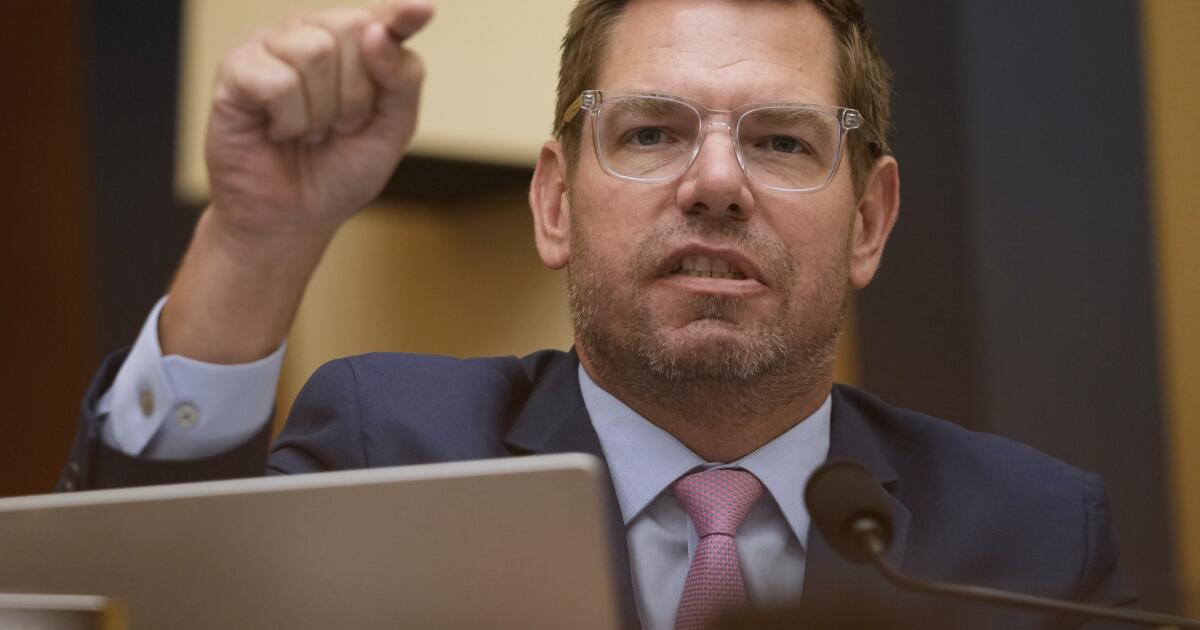HONOLULU (HawaiiNewsNow) – The West Coast Health Alliance, which includes Hawaii, announced its support Friday for the hepatitis B vaccination, disagreeing with a federal advisory committee’s vote to change decades-long vaccine recommendations.
Advisory committee votes to end universal recommendation
The federal Advisory Committee on Immunization Practices voted Friday to end the universal recommendation for hepatitis B vaccination at birth.
The committee now recommends the birth dose only for babies whose mothers test positive or whose infection status is unknown.
For other babies, it will be up to their parents and doctors to decide whether a birth dose is appropriate.
Hawaii health department emphasizes vaccine’s importance
The Hawaii Department of Health (DOH) said it disagrees with the CDC advisory committee, citing that it has reduced pediatric hepatitis B infections by 99 percent since it was established in 1991.
Health officials said the first dose should be given within 24 hours of birth to newborns weighing at least 4 pounds and 7 ounces, followed by completion of the vaccine series.
This recommendation aligns with trusted national medical organizations, including the American Academy of Pediatrics, the American College of Obstetricians and Gynecologists, and the Infectious Diseases Society of America.
Alliance cites lack of credible evidence for changes
The West Coast Health Alliance said there was no credible evidence presented to support the advisory committee’s changes.
The alliance said delaying the birth dose of hepatitis B vaccine will lead to more children and adults developing preventable liver disease and liver cancer with no evidence of a safety benefit.
A review by the Vaccine Integrity Project found that the vaccine is safe regardless of timing and that delaying the first dose offers no safety benefits, according to the alliance.
The alliance said delaying the first dose increases the risk of infection and jeopardizes completion of the whole vaccine series, which is required for long-lasting protection.
About hepatitis B risks
Hepatitis B is a highly infectious virus that attacks the liver and can cause chronic liver disease, liver cancer, liver failure, and death. It spreads easily and can survive on surfaces for up to seven days.
Before the United States adopted universal infant hepatitis B vaccination in 1991, thousands of children were infected each year.
Infants and young children are especially vulnerable, with up to 90 percent of infants infected at birth developing chronic infection and 25 percent of infected children dying prematurely from hepatitis-related disease.
Many people with chronic hepatitis B do not know they are infected, and infants may unknowingly be infected by household and other contacts following birth, the alliance said.
The acting director of the Centers for Disease Control and Prevention, Jim O’Neill, is expected to decide later whether to accept the committee’s recommendation.
Copyright 2025 Hawaii News Now. All rights reserved.






































